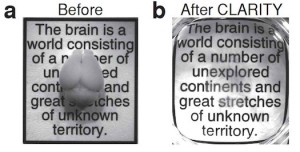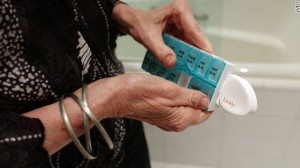New research shows that we’re one step closer to being able to replicate the human brain outside of the body, which could lead to life-altering research into common conditions such as Alzheimer’s and Parkinson’s disease.
Project leader and ECS published author Sharath Sriram and his group have successfully engineered an electronic long-term memory cell, which mimics the way the human brain processes information.
“This is the closest we have come to creating a brain-like system with memory that learns and stores analog information and is quick at retrieving this stored information,” Sharath said.



